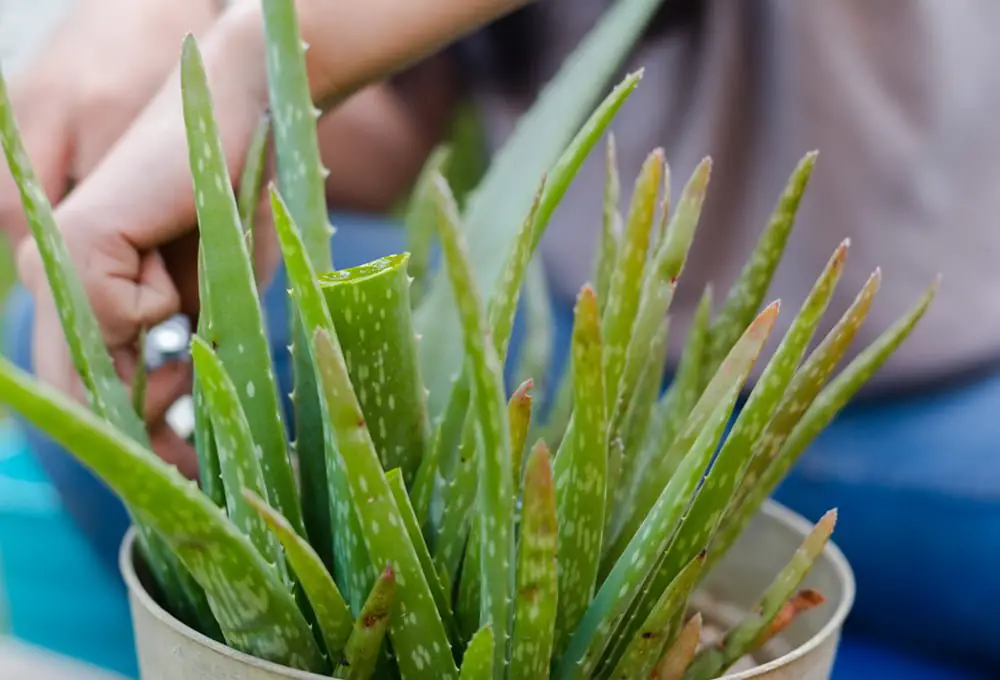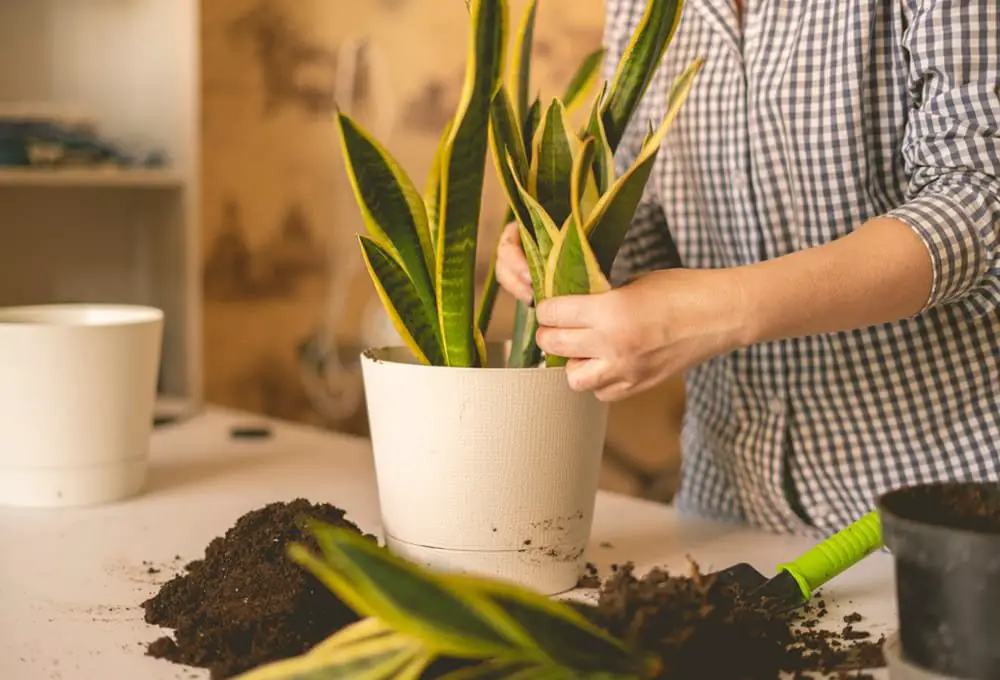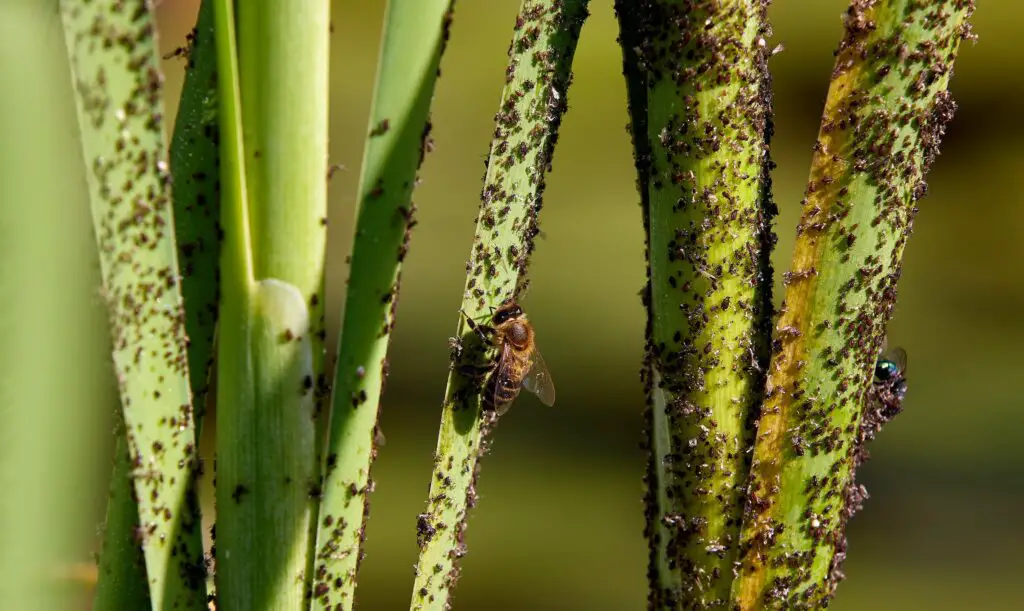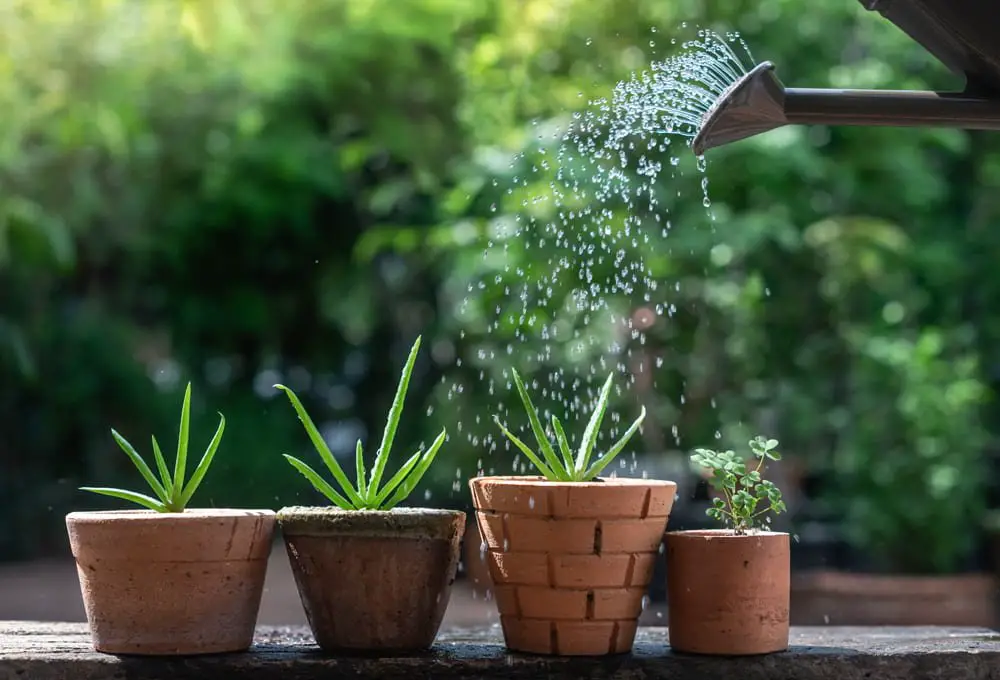
Yellowing leaves in an aloe plant can be caused by various factors. Identifying the specific cause can help you address the issue and improve the health of your plant. Some common reasons for yellowing leaves in aloe plants include:
Table of Contents
Overwatering, underwatering or poor drainage
Aloe plants are succulents and are adapted to survive in arid conditions. Overwatering can lead to root rot and other problems, causing the leaves to turn yellow and eventually wilt. While aloe plants are drought-tolerant, they still require regular watering. Underwatering can cause the leaves to lose their vibrant green colour and turn yellow. Inadequate drainage in the pot can lead to waterlogged soil, which can harm the plant’s roots and cause yellowing leaves.
Too much direct sunlight
Aloe plants prefer bright, indirect sunlight. If they are exposed to too much direct sunlight, especially during the hottest parts of the day, their leaves can get sunburned and turn yellow.
Nutrient deficiencies and pest infestations
A lack of essential nutrients, such as nitrogen, iron, or magnesium, can lead to yellowing leaves. This is often accompanied by other symptoms like leaf discoloration or stunted growth. Certain pests, like aphids or spider mites, can feed on the sap of the aloe plant, causing damage to the leaves and turning them yellow.
Temperature extremes
Aloe plants can be sensitive to extreme temperature fluctuations, especially cold temperatures. Exposure to very low temperatures can lead to leaf yellowing and damage.
To address the yellowing leaves and improve the health of your aloe plant, consider the following steps:
- Adjust your watering routine: Make sure you are neither overwatering nor underwatering your plant. Allow the top inch or centimetres of soil to dry out between waterings and ensure proper drainage in the pot.
- Provide adequate sunlight: Place your aloe plant in a location where it receives bright, indirect sunlight for most of the day. Avoid direct sunlight during the hottest hours.
- Check for pests: Inspect your plant for any signs of pests and take appropriate measures to eliminate them if present.
- Consider repotting: If your aloe plant has been in the same pot for a long time, it might need to be repotted into fresh, well-draining soil.
- Fertilise if needed: If you suspect nutrient deficiencies, you can use a balanced, diluted fertiliser specifically formulated for succulents. Follow the instructions on the fertiliser packaging for application.



Conclusion
In conclusion, yellowing leaves in an aloe plant can be attributed to various factors, including overwatering, underwatering, poor drainage, excessive direct sunlight, nutrient deficiencies, pest infestations, and temperature extremes. By addressing these potential issues, you can help your aloe plant recover and maintain its vibrant, green leaves. By addressing these potential issues, you can help your aloe plant recover and maintain its vibrant, green leaves, ensuring its overall health and longevity. Remember to observe your plant closely and make necessary adjustments to its care routine as needed. With proper attention and care, your aloe plant should thrive and continue to be a beautiful addition to your indoor or outdoor space.
